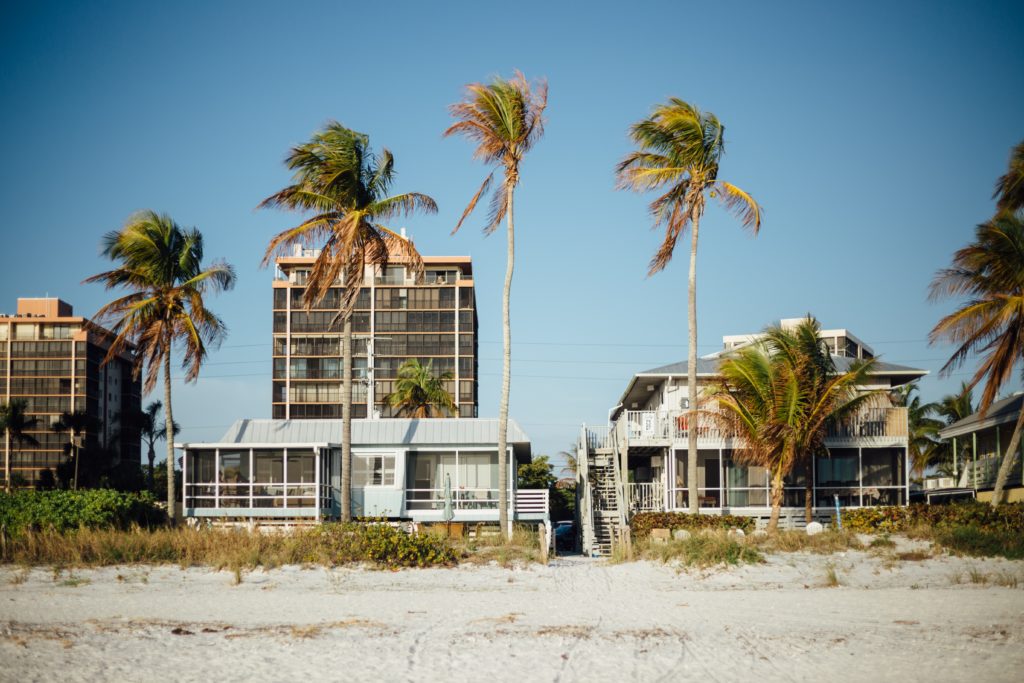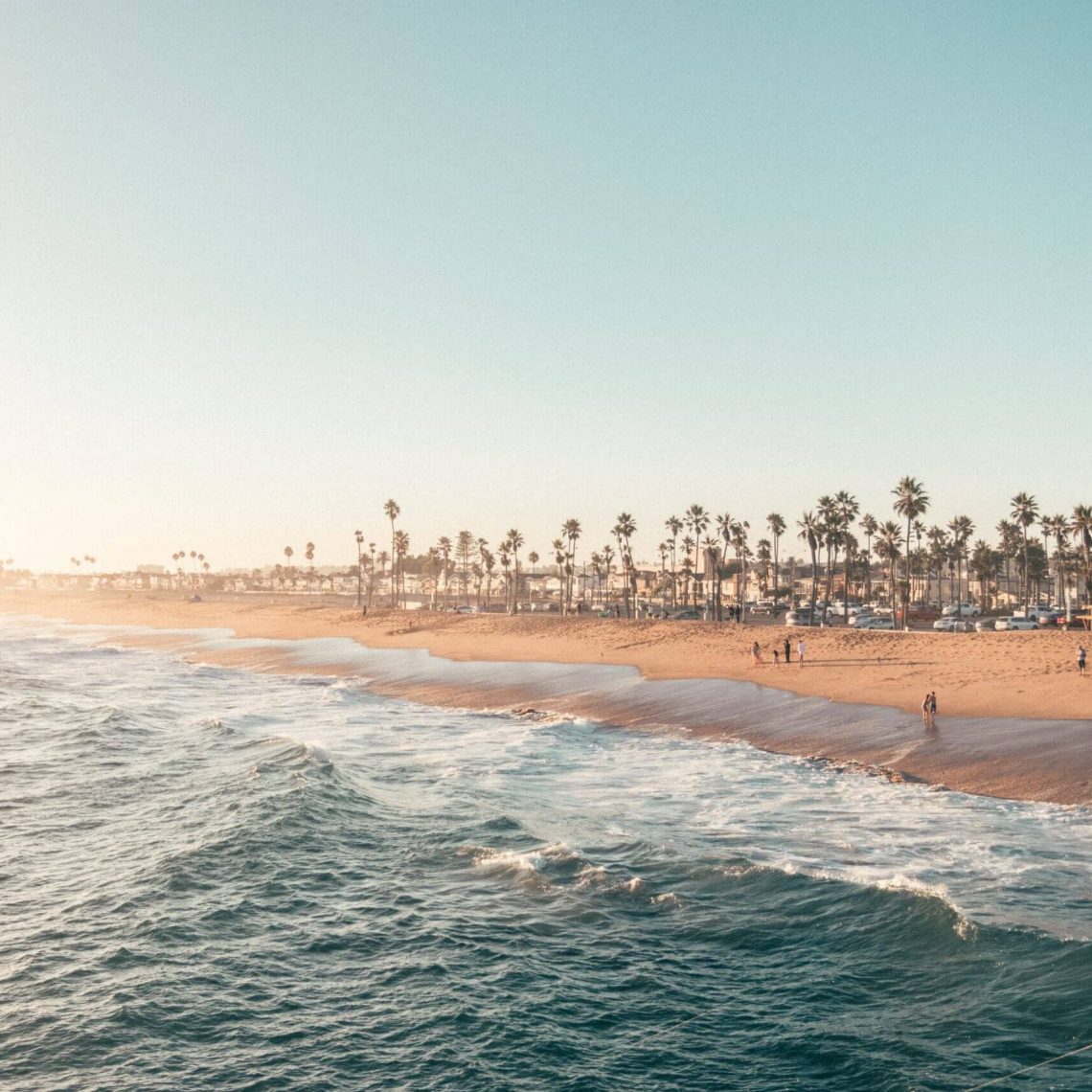
It can be disturbing to realize that the beautiful home you’ve fallen in love with is
in a flood zone. While it’s not necessarily a deal-breaker, there are some serious
considerations to understand before moving forward.
Flood zones are defined by the Federal Emergency Management Agency (FEMA)
and are categorized according to the level of risk. A high-risk area is defined as
having a 1+% chance of annual flooding, whereas a low-to-moderate location has
a 0.2% or less chance of annual flooding.
FEMA maintains a flood map center where you can research the classification of
the location and the level of concern. Zones labeled A and V are the highest risk
zones. These are areas that are either coastal or riverside communities. These
Special Flood Hazard Areas will have to carry flood insurance and have a 25%
chance of serious flooding in a 30-year timeframe. Zones labeled B, C, and X are
lower risk.
Flood insurance is available to homeowners in any location. It makes sense that
homes located in high-risk areas will pay higher premiums than those in lower-risk
zones. In addition to normal homeowner’s insurance, flood insurance can range
from a few hundred a year to thousands per year. The good news is that proper
flood insurance provides excellent coverage in the event of damage, even
providing temporary housing if necessary. Coverages vary, so it’s important to
discuss the options with your insurance agent.
There is no reason to dismiss a home simply because it’s located in a flood zone.
Many beautiful locations are also considered high-risk. But before you write the
offer, it’s important to consider all the implications and costs involved
